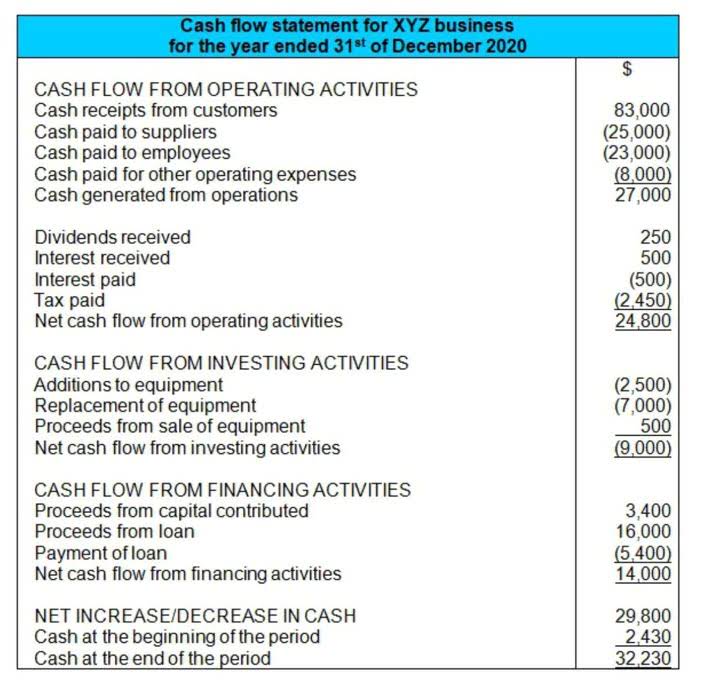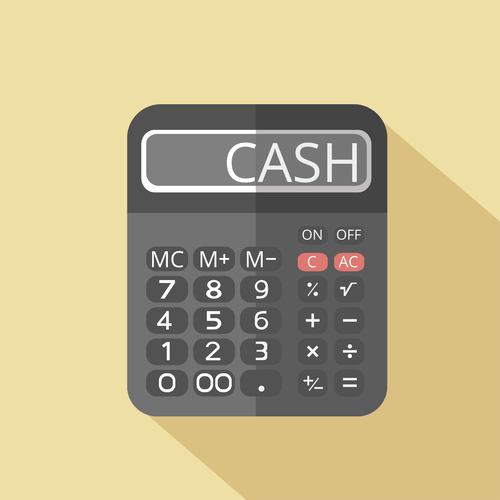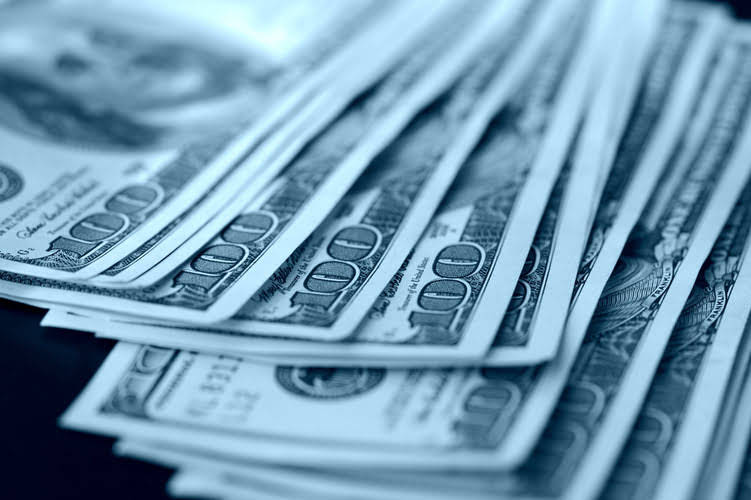
While shares outstanding account for company stock that includes restricted shares and blocks of institutional shares, floating stock specifically refers to shares that are available for trading. Floating stock is calculated by taking outstanding shares and subtracting restricted shares. Restricted stock are shares that are owned by company insiders, employees and key shareholders that are under temporary restriction, and therefore cannot be traded. The weighted average shares outstanding, or the weighted average of outstanding shares, takes into consideration any changes in the number of outstanding shares over a specific reporting period.

For example, let’s say a company has 100,000 shares outstanding at the start of the year. Halfway through the year, it issues new shares in the amount of an additional 100,000 shares. Let us understand where investors and analysts can find the data regarding the total https://x.com/BooksTimeInc outstanding shares of a company through the points below. Basic shares mean the number of outstanding stocks currently outstanding, while the fully diluted number considers things such as warrants, capital notes, and convertible stock.
If there is a difference between the number of shares issued and outstanding, the difference is treasury stock. In other words, a company has issued shares and then bought some of the shares back, leaving a reduced number of shares that is currently outstanding. But the company, as in our example above and using the treasury stock method, has 5 million shares linked to options and warrants.

Stock splits are often initiated to lower the share price, making it more accessible to retail investors and enhancing market liquidity. For example, in a 2-for-1 stock split, the share price is halved, but the outstanding shares double, improving affordability and attracting a broader investor base. The number of shares outstanding increases when a company issues additional shares or when employees exercise stock options. Corporations raise money through an initial public offering (IPO) by exchanging equity stakes in the company for financing.


The number of authorized shares per company is assessed at the company’s creation and can only be increased or decreased through a vote by the shareholders. If at the time of incorporation the documents state that 100 shares are authorized, then only 100 shares can be issued. Overall, the shares outstanding formula number of shares outstanding, the metrics you can calculate from it, and related metrics — like the float — provide key insights to investors. For example, when shares outstanding are going up, the ownership stake of shareholders is diluted. And when shares are bought back, investors end up owning more of the company.

Financial lingo can be confusing, but it is nonetheless very important to grasp for those interested in investing in products like stocks, bonds, or mutual funds. Many of the financial ratios used in the fundamental analysis include terms like outstanding shares and the float. Let’s go through the terms shares and float so that next time you come across them, you will know their significance. Knowing a company’s number of shares outstanding is key when calculating critical financial metrics and determining share value as a portion of ownership.
Convertible debt is treated on an “as-converted” basis if the company’s stock is trading above the conversion price. Assume that Company A has 100 million shares outstanding and a trading price of $10. It also has 10 million stock options outstanding with an exercise price of $5.
Ask a question about your financial situation providing as much detail as possible. The articles and research support materials available on this site are educational and are not intended to be investment or tax advice. All https://www.bookstime.com/articles/do-i-need-a-personal-accountant such information is provided solely for convenience purposes only and all users thereof should be guided accordingly. For the denominator to be consistent with the numerator, it should reflect the earning power resulting from the issuances of new shares or the retirement of old shares. The larger stock market is made up of multiple sectors you may want to invest in.